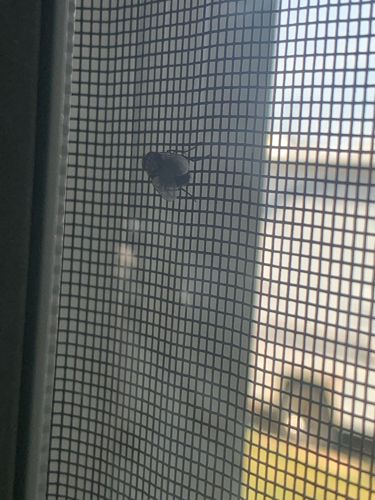House fly
Scientific Name: Musca domestica
Order & Family: Diptera (true flies), Muscidae
Size: 6-9 mm (0.24-0.35 inches)

Natural Habitat
Ubiquitous, found worldwide, typically in human environments (homes, farms, waste areas) and other places where organic matter decays.
Diet & Feeding
Opportunistic feeders, consuming a wide range of decaying organic matter, human food, animal feces, and bodily secretions. They liquefy solid food with saliva before ingesting it.
Behavior Patterns
Highly active during the day, especially in warm temperatures. They are attracted to light and often found near windows. Females lay eggs in decaying organic matter, and larvae (maggots) feed on this material. They undergo complete metamorphosis (egg, larva, pupa, adult).
Risks & Benefits
Risks: Known vectors for numerous pathogens, transmitting diseases such as typhoid, cholera, dysentery, parasitic worms, and food poisoning through contact with contaminated surfaces or food. Benefits: Play a role in decomposition of organic waste, and as food for other animals. Larvae can be used in forensic entomology.
Identified on: 9/20/2025